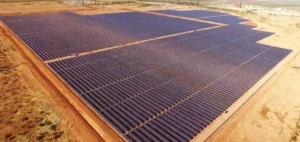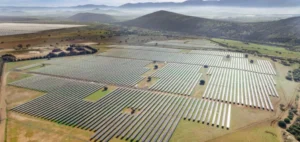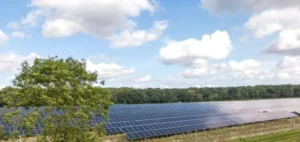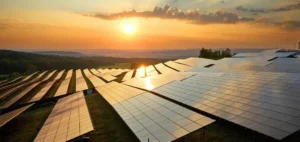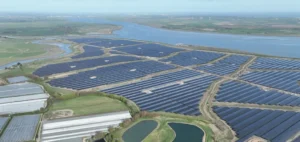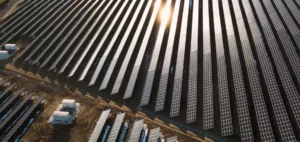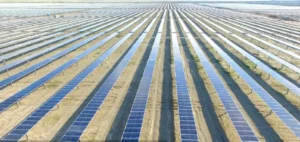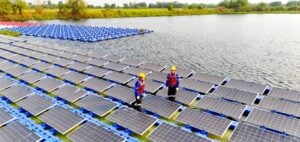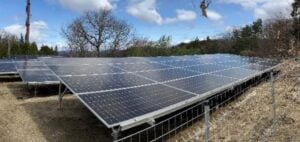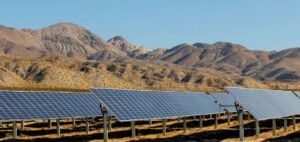Avangrid, a leading company in the sustainable energy sector, begins installation of solar modules for its Camino Solar project in California.
The project, with a capacity of 44 MWac (57 MWdc), is designed to produce an amount of energy equivalent to that consumed by around 14,000 American homes each year.
The initiative is part of a wider strategy to strengthen the company’s solar capacity while supporting the transition to clean energy.
The installation of the first solar modules, representing around 105,000 units, marks a significant milestone for Avangrid.
The Camino Solar project is expected to generate significant economic benefits, including the creation of around 100 jobs during the construction phase, almost all of which will be filled by local workers.
In addition, it is estimated that the project will generate around $15 million in state and local taxes over its lifetime.
These factors underline the positive impact that renewable energy projects can have on local economies.
A project integrated into an energy ecosystem
Camino Solar is strategically located close to Avangrid’s Manzana wind farm, which was commissioned in 2012 with a capacity of 189 MW.
This proximity creates synergy between the two types of renewable energy production, optimizing the use of available resources.
The project spans private land as well as over 200 acres of public land managed by the U.S. Bureau of Land Management, demonstrating an integrated and responsible approach to land use.
Pedro Azagra, CEO of Avangrid, underscores the importance of this project, saying:
“We are delighted to add this clean renewable energy project to the California grid. Camino Solar, like all our projects, creates jobs and stimulates the local economy.”
This statement highlights Avangrid’s commitment to sustainable development and job creation in the communities where it operates.
Continued expansion in the renewable energies sector
With Camino Solar, Avangrid strengthens its position in the renewable energy sector, bringing the number of solar projects in its portfolio to ten.
The project is also the company’s first in California, a state that is playing a key role in the U.S. energy transition.
At the same time, Avangrid manages six other wind power projects in California, which together have an operational capacity of over 500 MW.
These wind farms have generated around $88 million in property taxes, supporting various local utilities.
The completion of Camino Solar is part of a broader trend of growth in renewable energy capacity nationwide.
Avangrid recently passed the 9 GW mark in installed capacity across its projects, spread over almost half the country.
This expansion testifies to the company’s commitment to meeting the growing demand for clean energy and contributing to the decarbonization of the energy sector.
Future prospects and challenges
As the Camino Solar project moves forward, it’s essential to consider the challenges associated with expanding renewable energies.
Resource management, social acceptability and environmental regulations are all factors that can influence the success of such projects.
In addition, the need to integrate these new capacities into an already complex power grid raises questions about the reliability and resilience of the energy system.
Companies in the sector must also navigate an ever-changing landscape, where technological innovations and regulatory changes can have a significant impact on the profitability and viability of projects.
Avangrid’s commitment to innovation and sustainability will be crucial to overcoming these challenges and continuing to play a leading role in the energy transition.
Avangrid’s Camino Solar initiative illustrates not only the company’s ability to develop renewable energy projects, but also its role in stimulating the local economy and promoting a sustainable energy transition.
By integrating solar and wind power solutions, Avangrid is positioning itself as a key player in the fight against climate change and the decarbonization of the energy sector.




